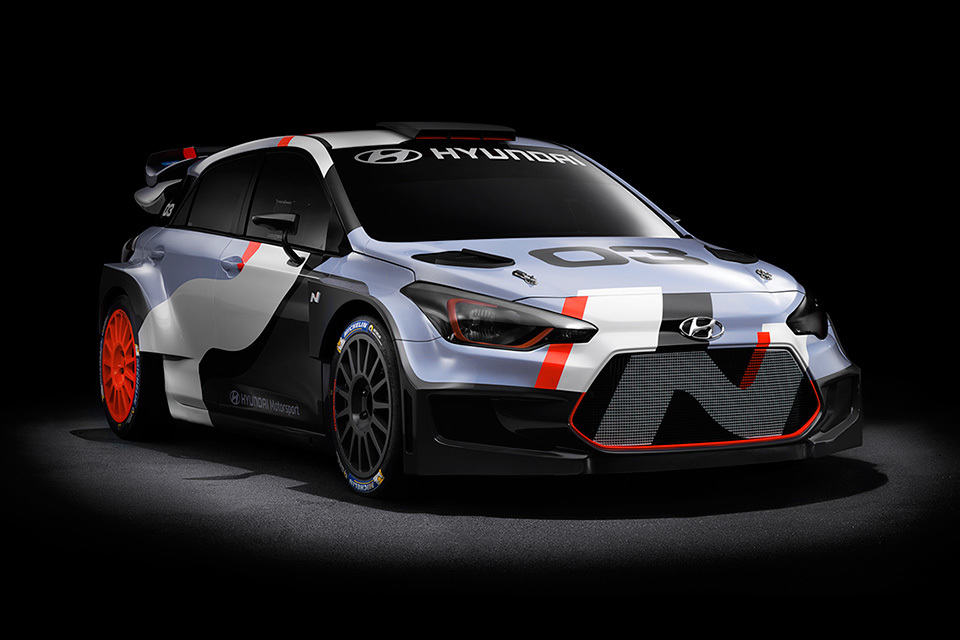The future of the automobile is electric! – We’ve all read and used that phrase quite a lot of times. But now is the right time to get out and buy and drive an EV. With rising gas prices, polluted environment, and huge subsidies on electric cars, it only makes sense to buy an EV. And even if EVs constituted just 2%, that number is all set to grow multiple folds in the upcoming years.

Now that we’re all hyped and excited for electric mobility, one might wonder about the future of the gas-powered engine. Well, gas-powered engines and cars cannot vanish just like that and are here to stay for at least the next 8 to 10 years. However, with many major automakers vowing to go all-electric by the end of this decade, this decade certainly is the end of the road for internal combustion engine-powered road cars, right from Kia Forte to the INFINITI QX60. But that certainly does not apply to heavy commercial and military vehicles.
Automakers all over the world are investing huge amounts of money in shifting towards electric mobility. According to a Reuters report, car manufacturers have plans of investing over $90 billion over the decade to make cars go all-electric. EVs on the whole are simpler machines. Manufacturing them and maintaining them is easy and cheap. Moreover, the running costs of an EV are way less than that of the IC engine-powered cars.
It’s not just carmakers who’re pushing for EVs but it’s the governments all over the world who have also weighed in. Large European and Asian economies see big money in the EV business and also believe that EVs could help cut vehicular pollution. The boost from the governments is largely influenced by considering the positive impacts EVs could have on climate change and improve the quality of air in cities.
And while there’s this argument generally heard by purists that EVs are lame, well, mind you, that’s not quite the case. There are many electric vehicles in the market that could give some ultra-expensive hypercars a run for their money. There is no arguing the fact that electric cars are incredibly fun to drive and anybody who claims that EVs aren’t as fun as gas-powered cars are just being biased.
On the flip side though, EVs aren’t as affordable as ICE-powered cars despite the heavy incentives and waivers from the government. Gas-powered cars are way cheaper than EVs and with the vast fuelling station infrastructure, many buyers still show affinity to gas-powered cars and hesitate in putting their trust in EVs. The EV charging infrastructure is still scant and the charging time required for an EV is much higher than required for refueling a regular ICE-powered car. However, in the coming years, batteries will get cheaper, and charging times will get shorter.

No matter how we hail electric vehicles, ICE-powered cars will not be gone in a flash. There still are hundreds of thousands of gas-powered cars running on the road that will last for at least 20 more years. You cannot simply crush them all and replace them in a single day, month, or even a year. And even if that might be a pipe dream of the environmental activist- phasing out gas-powered cars in a short span, it is still practically impossible.
There were talks about restricting or banning gas-powered cars in certain cities or at least in certain parts of the city but that’s too far-fetched and will not have any significant impact. The change has to be influenced by buyer trends and moods. You simply cannot enforce something on somebody!
Moreover, to keep the IC engine and the allied industry alive, automakers are bringing out highly efficient and less polluting engines. Emissions of IC engines have gone down by over 90% over the past 50 years. And not to forget, these engines utilize every single drop of fuel to deliver exceptional fuel economy numbers.
Plug-in hybrid electric vehicles or rather the middle ground for this battle between EVs and ICE-powered vehicles, does seem promising. PHEVs deliver exceptionally brilliant fuel economy numbers, have great performance numbers and at the same time, the range anxiety doesn’t haunt you. The popularity of PHEVs is at an all-time high and will continue to grow over the next few years.
On the other hand, Porsche has undertaken an interesting project to keep the internal combustion engine alive. Porsche has teamed up with Siemens Energy to develop climate-neutral, zero-emission eFuel that would power their new-age internal combustion engines. Porsche plans to produce about 145 million gallons of eFuel by 2026 and power their high-performance sports cars with this fuel. And there would be many automakers lining up to use eFuels for their IC engines and keep the purists happy. Also, the concept of eFuels will not entirely kill the gas station economy and infrastructure.
Now, with all that being said, done and dusted, it is pretty clear that gas-powered engines aren’t going anywhere anytime soon. So if the purist inside you is afraid of the idea of the silent EVs taking over the world, well, that’s going to take some time. In fact, it’s a very interesting time in the auto industry.
On one hand, you have governments and activists and even automakers pushing for electric vehicles while on the other there are organizations finding innovative ideas for keeping the IC engine alive. Who’ll triumph in this long battle? Only time will tell. The key though lies with you, the buyer. It’s you and us who’ll decide what survives in the long run by the choices and purchases we make.
Featured image: Pexels (Arnie Watkins).


